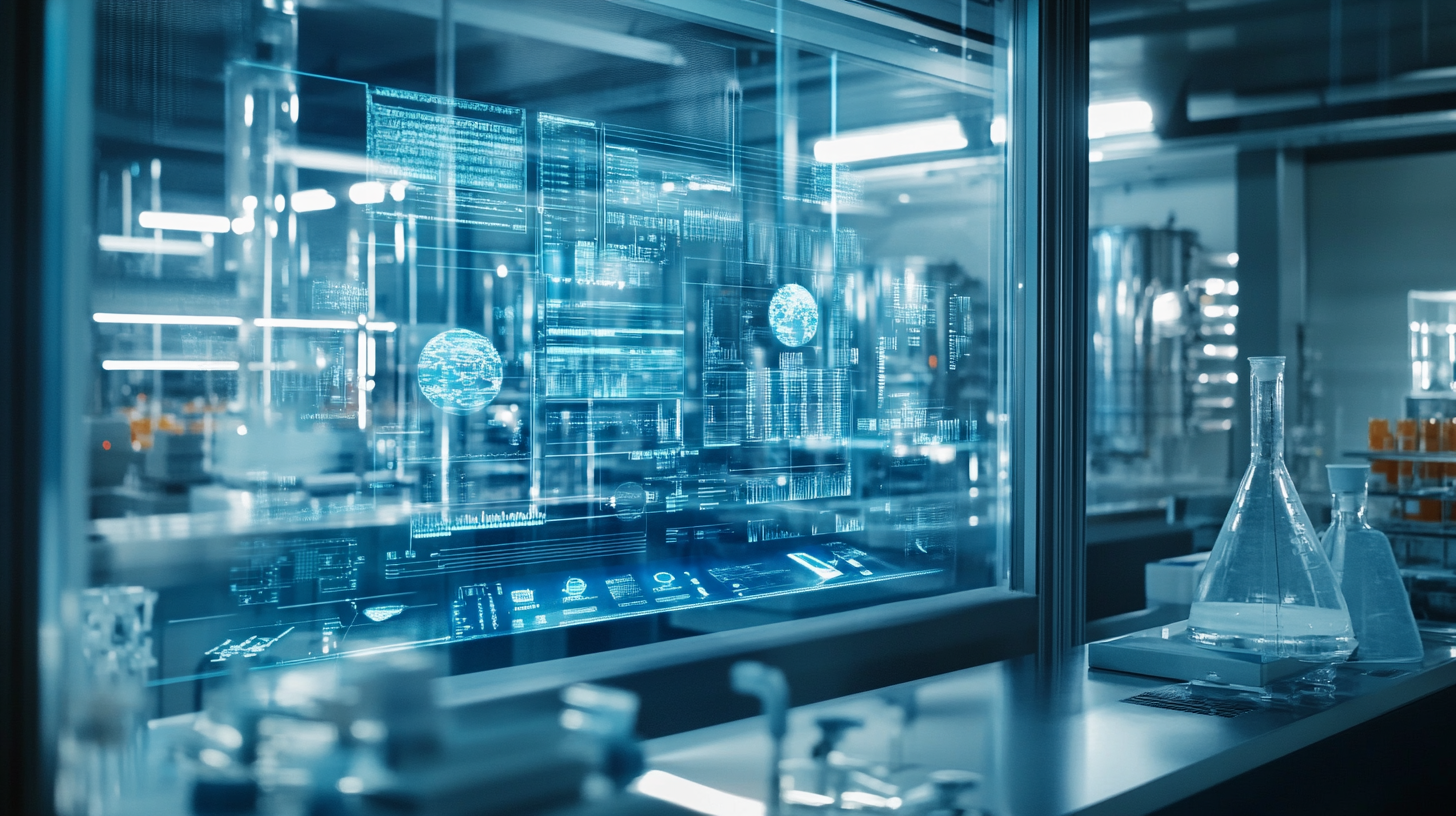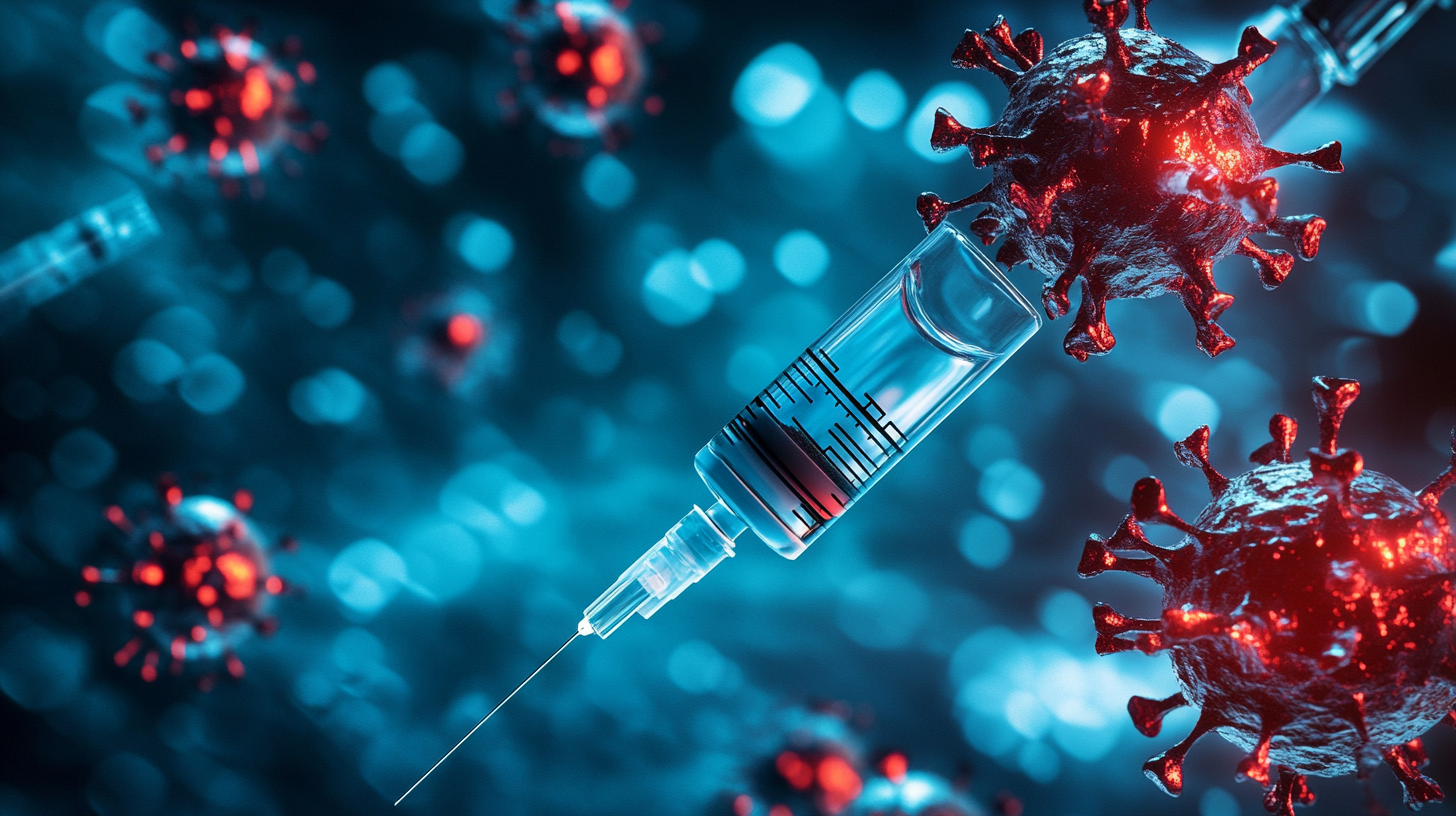As we look towards 2025, the landscape of vaccine manufacturing is poised for significant transformation. The ongoing advancements in techniques and technologies are set to redefine the vaccine manufacturing process, making it more efficient, scalable, and adaptable to emerging health threats. With lessons learned from recent global health crises, industry leaders are prioritizing innovation, not only to enhance production capacity but also to ensure the rapid deployment of vaccines in response to future pandemics.
This comparative analysis will delve into the future trends that are likely to shape the vaccine manufacturing process over the next few years. By examining cutting-edge technologies such as mRNA platforms, automated production lines, and advanced bioprocessing techniques, we aim to provide insights into how these innovations will impact the speed and reliability of vaccine development. Moreover, we will explore the implications of these trends for public health and the pharmaceutical industry, highlighting the critical role of adaptability and efficiency in the quest for global immunization.

As we approach 2025, the landscape of vaccine manufacturing is experiencing rapid transformation driven by innovative techniques and technologies. One of the most promising advancements is the adoption of mRNA technology, which has been a game-changer in vaccine development, as evidenced by the swift creation of COVID-19 vaccines. Unlike traditional methods that often rely on live attenuated or inactivated pathogens, mRNA vaccines use synthetic genetic material to instruct cells to produce proteins that mimic the virus, thereby eliciting an immune response. This technique not only accelerates the production timeline but also enhances adaptability, allowing manufacturers to quickly pivot in response to emerging variants. Another exciting development in vaccine manufacturing is the integration of automation and artificial intelligence. These technologies streamline the production process by optimizing workflows, improving quality control, and predicting manufacturing bottlenecks. For instance, AI algorithms can analyze data from ongoing production to identify inefficiencies and suggest corrective measures in real-time. This not only boosts the speed of vaccine production but also maintains a high standard of safety and efficacy, which is crucial in public health emergencies. Furthermore, new platforms such as virus-like particles (VLPs) are gaining traction as they offer a versatile approach to vaccine design. VLPs mimic the structure of viruses without containing viral genetic material, making them safer and more stable. This innovation is paving the way for vaccines that can be easily produced and stored, positioning manufacturers to respond more effectively to future outbreaks. As these emerging techniques continue to evolve, they promise to reshape the future of vaccine manufacturing, fostering resilience against infectious diseases globally.

The advent of mRNA technology has revolutionized the landscape of vaccine development, particularly in response to infectious diseases. According to a report from the International Vaccine Institute, the ability to rapidly design and synthesize mRNA vaccines has short-circuited traditional timelines, enabling vaccines to enter clinical trials within a matter of weeks rather than the years typically required. This accelerated process has proven crucial during the COVID-19 pandemic, where mRNA vaccines like those developed by Pfizer-BioNTech and Moderna demonstrated high efficacy rates of around 95% against severe illness.
As we look towards 2025, the ongoing integration of mRNA platforms into vaccine manufacturing is expected to enhance flexibility and scalability in production. The Global Vaccine Market Report projects that the mRNA vaccine market will reach over $61 billion by 2025, highlighting a significant investment into facilities capable of large-scale mRNA production. This transition not only reflects the pressing demand brought to light by global health crises but also shows how mRNA technology can be adapted for a wider array of diseases, potentially paving the way for personalized vaccines that are tailored to individual immune responses.
Furthermore, advancements in lipid nanoparticle (LNP) technology, which protects mRNA and enhances its delivery to cells, are anticipated to boost the performance and stability of future mRNA vaccines. A study published in the Journal of Pharmaceutical Sciences has demonstrated that improvements in LNP formulations can increase the immunogenicity of vaccines, providing longer-lasting immunity. As the industry gears up for a future where mRNA is central to vaccine innovation, the focus will not only be on technical improvements but also on establishing robust regulatory frameworks that can keep pace with these rapid developments.

In recent years, the landscape of vaccine manufacturing has undergone significant transformations, driven by the emergence of advanced bioprocessing technologies. As we approach 2025, it is crucial to explore how these innovations are enhancing efficiency in vaccine production. According to a report from Grand View Research, the global vaccine market is projected to reach approximately $67 billion by 2026, highlighting the increasing demand for more efficient production methods.
One of the most promising advances in bioprocessing is the adoption of continuous manufacturing techniques. These systems not only streamline production workflows but also reduce production times significantly. For instance, a study by the BioPhorum Alliance revealed that continuous manufacturing could cut production times by up to 50% compared to traditional batch processes. This not only accelerates the response to emerging infectious diseases but also minimizes operational costs, allowing manufacturers to become more agile and responsive to market needs.
Moreover, advancements in cell culture technology have shown great potential in enhancing vaccine yields. The use of high-density cell cultures and improved growth media can increase the productivity of vaccine antigens. According to a recent analysis published in Biotechnology Advances, the implementation of such techniques has the potential to triple vaccine output, which is crucial in times of global health crises. By leveraging these cutting-edge bioprocessing strategies, vaccine manufacturers are better equipped to meet both current and future demands in public health.

The Role of Artificial Intelligence in Optimizing Vaccine Manufacturing
Artificial Intelligence (AI) is revolutionizing the landscape of vaccine manufacturing by streamlining processes, enhancing efficiency, and ultimately accelerating the development of crucial vaccines. One of the most significant impacts of AI is in the realm of vaccine target selection through machine learning algorithms. These algorithms help researchers identify the most promising antigens, making the rational design of vaccines more informed and systematic. By analyzing vast datasets, ML can guide scientists in selecting the optimal vaccine candidates, minimizing the trial-and-error approach traditionally associated with vaccine development.
Moreover, AI's applications extend beyond the design phase. In the manufacturing process, AI technologies optimize production lines, reduce costs, and shorten timelines, ensuring that life-saving vaccines reach patients more swiftly. For example, AI-driven systems can predict demand and adjust production schedules accordingly, preventing bottlenecks and waste. Additionally, AI tools have shown remarkable success in enhancing the stability and potency of vaccines, as evidenced by innovative software that has designed mRNA vaccines with improved shelf life and stronger antibody responses.
As we look toward the future, the integration of AI in vaccine manufacturing is likely to deepen, offering new avenues for research and development. The ongoing discussions among experts reveal both the challenges and the vast opportunities present in using AI to tackle global health threats. The merging of robotics, machine learning, and smart manufacturing processes promises not only to expedite vaccine delivery but also to fortify the world’s preparedness against future pandemics.
As global health initiatives increasingly prioritize sustainability, the vaccine manufacturing industry is undergoing a significant transformation. The trend towards environmentally friendly production methods is gaining momentum, driven by both regulatory requirements and societal expectations. Innovations in green chemistry and bioengineering are enabling manufacturers to reduce their carbon footprint while maintaining high efficiency and safety standards. Techniques such as continuous manufacturing and the use of renewable resources are set to play a crucial role in modernizing the production process, thereby minimizing waste and energy consumption.
In addition to improving the environmental impact of vaccine production, sustainability initiatives also contribute to the resilience of supply chains. By diversifying sourcing strategies and adopting local production models, manufacturers can reduce dependencies on distant suppliers, which can often lead to vulnerabilities during global crises, as seen during the COVID-19 pandemic. The focus on sustainable practices not only enhances the reliability of vaccine accessibility but also promotes public trust in vaccination efforts.
The future of vaccine manufacturing will likely see an increased emphasis on collaborations between biotech companies, governments, and non-profits to share best practices and foster innovation in sustainable techniques. As these partnerships grow, we can expect a normalization of environmentally friendly practices in vaccine production, ultimately leading to a more sustainable healthcare ecosystem that benefits both people and the planet.
